One tiny tablespoon of chia seeds packs about 2 grams of protein. Not too shabby for something smaller than your pinky nail!
While that might not sound like a lot at first, these little seeds are nutritional powerhouses that deserve way more credit than they get. Think of them as nature’s multivitamin wrapped in a crunchy little package.
So what’s the deal with these tiny seeds and should you actually care about them? Let’s break it down – with a healthy dose of my opinion sprinkled on top.

Chia Seeds: Tiny Nutritional Powerhouses
What’s actually in these things?
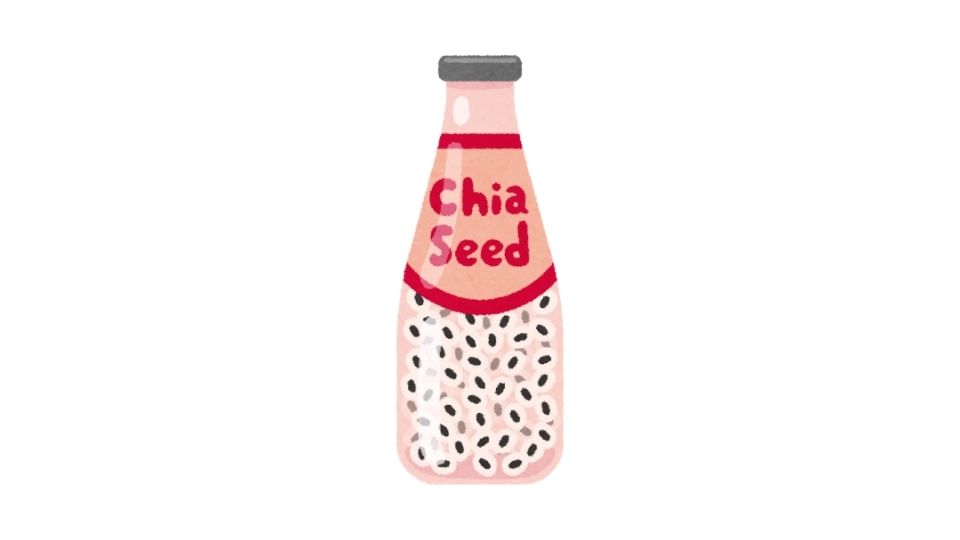
Chia seeds come from the Salvia hispanica plant native to Mexico and Guatemala. Despite their miniature size, they’re packed with nutrients:
- Protein: ~2 grams per tablespoon
- Fiber: 5 grams (that’s a ton for something so small!)
- Omega-3 fatty acids: 2.7 grams of ALA
- Fat: 4.5 grams (mostly the healthy kind)
- Calories: 60-70 per tablespoon
- Plus minerals: calcium, iron, magnesium
If you go for a full ounce (about 2 tablespoons), you’ll roughly double all these values, getting you close to 5 grams of protein and 10 grams of fiber.
Why the protein in chia seeds actually matters
The protein in chia seeds isn’t just any protein – it’s complete protein containing all nine essential amino acids our bodies can’t make on their own. This is pretty rare in the plant world!
While one tablespoon only contributes about 4% to your daily protein needs, it’s not about replacing your chicken breast with chia seeds. It’s about adding them to boost your overall nutrition.
And let’s be honest – most of us are looking for easy ways to get more nutrients without completely overhauling our diets. Chia seeds check that box perfectly.
The protein-to-nutrition ratio is insane
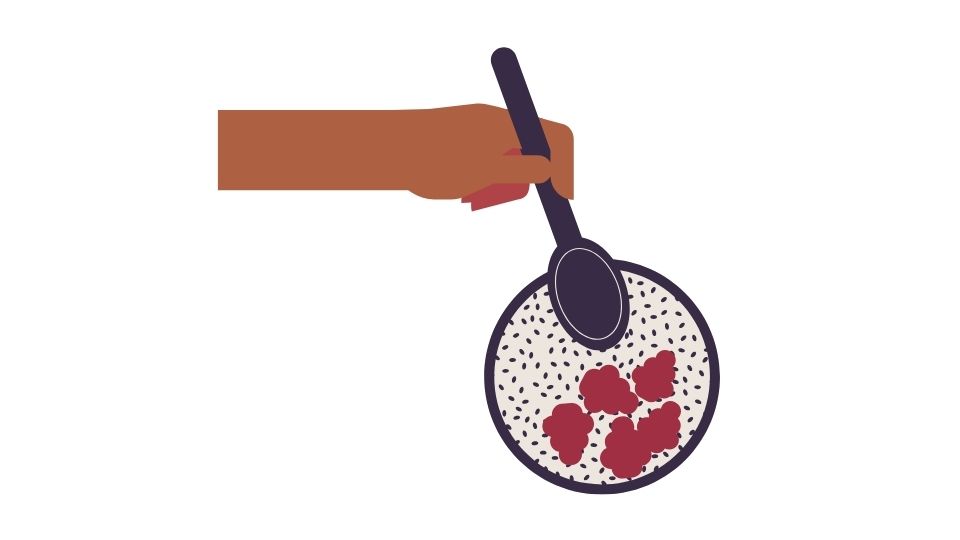
The real magic of chia seeds isn’t just the protein – it’s the complete nutritional package:
Fiber champion: One tablespoon has 5 grams of fiber – that’s more than a serving of many high-fiber cereals! This helps with digestion, keeps you feeling full, and can help stabilize blood sugar levels.
Omega-3 powerhouse: Chia seeds contain more omega-3s than salmon gram for gram (though in ALA form, which isn’t as readily used by the body as the DHA/EPA in fish).
Mineral-rich: Just a tablespoon provides calcium, magnesium, and iron – nutrients many people don’t get enough of.
Antioxidant packed: They’re loaded with antioxidants that fight free radical damage.
So while 2 grams of protein might not sound impressive on its own, it’s the total nutritional package that makes chia seeds special.
How to Actually Use These Little Seeds
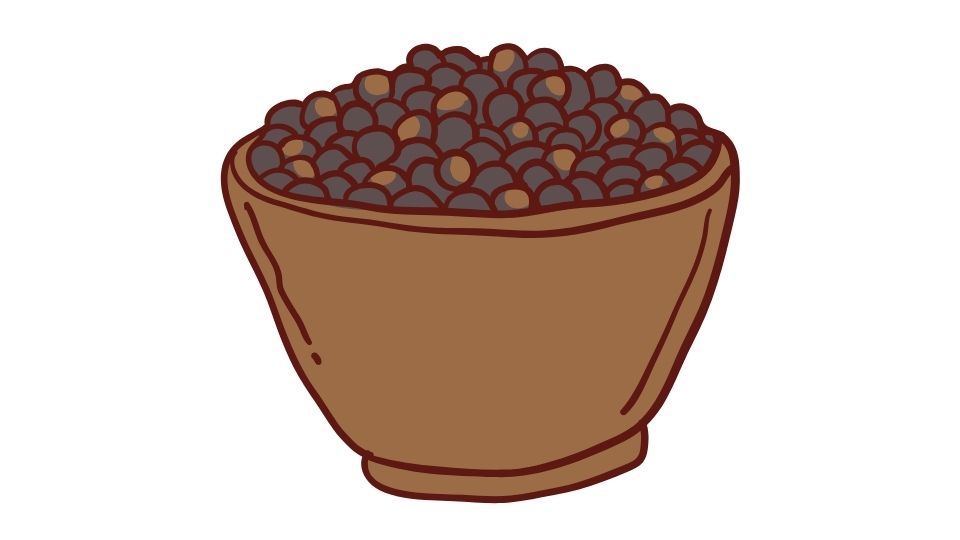
I’m sure we all agree that nutritional facts are cool and all, but the real question is: how do I use these in real life without making everything taste like bird food?
Easy ways to add chia to your life
Chia seeds have a mild, slightly nutty flavor that won’t overpower your food. Here are some ways I personally use them:
- Smoothie booster: Toss a tablespoon into any smoothie for extra nutrition
- Overnight chia pudding: Mix with milk or alt-milk and let sit overnight
- Yogurt topping: Sprinkle on yogurt with some fruit and honey
- Salad enhancement: Add crunch and nutrition to salads
- Baking buddy: Add to muffins, breads, or pancakes
- Egg substitute: Mix with water until gel-like (1 Tbsp chia + 3 Tbsp water = 1 egg)
The best part? They’re basically tasteless, so you can add them to almost anything without changing the flavor profile. They just add a bit of crunch or, when soaked, a tapioca-like texture.
The weird and wonderful chia gel effect
When chia seeds hit liquid, something magical happens – they absorb up to 10 times their weight in water and form a gel-like coating. This isn’t just cool to look at; it has real benefits:
- Slows digestion (good for blood sugar control)
- Creates a feeling of fullness (helpful if you’re watching your weight)
- Helps keep you hydrated (the gel retains water)
- Makes for awesome puddings and jellies
According to research from the American Journal of Clinical Nutrition, this gel-forming ability is part of what makes chia seeds so effective at creating satiety and stabilizing blood sugar.
The Big Picture: Are Chia Seeds Worth It?
Cost vs. benefit analysis
Let’s be real – superfoods can be expensive. But chia seeds are actually reasonably priced compared to many other health foods, especially considering their nutrient density.
A pound of chia seeds costs around $7-10 and contains about 73 tablespoons. That breaks down to roughly $0.10-0.14 per tablespoon. For the nutritional bang you’re getting, that’s a pretty good deal.
Comparing to other protein sources
How do chia seeds stack up against other protein sources? Here’s a quick comparison:
- Chia seeds: 2g protein per tablespoon (~15g)
- Peanut butter: 4g protein per tablespoon
- Greek yogurt: 17g protein per 6oz serving
- Chicken breast: 31g protein per 3.5oz serving
Clearly, chia isn’t going to replace your main protein sources. But as a nutritional booster that adds protein along with fiber, healthy fats, and minerals? It’s hard to beat.
Are they actually worth your time?
If you’re looking for a magic bullet that will transform your health overnight, chia seeds aren’t it (nothing is, sorry).
But if you want an easy way to boost the nutritional value of foods you already eat without much effort or flavor change, chia seeds are pretty fantastic.
The American Heart Association actually recommends incorporating foods like chia seeds as part of a heart-healthy diet due to their omega-3 content and fiber.
Tracking Your Nutrition With Tools That Don’t Suck
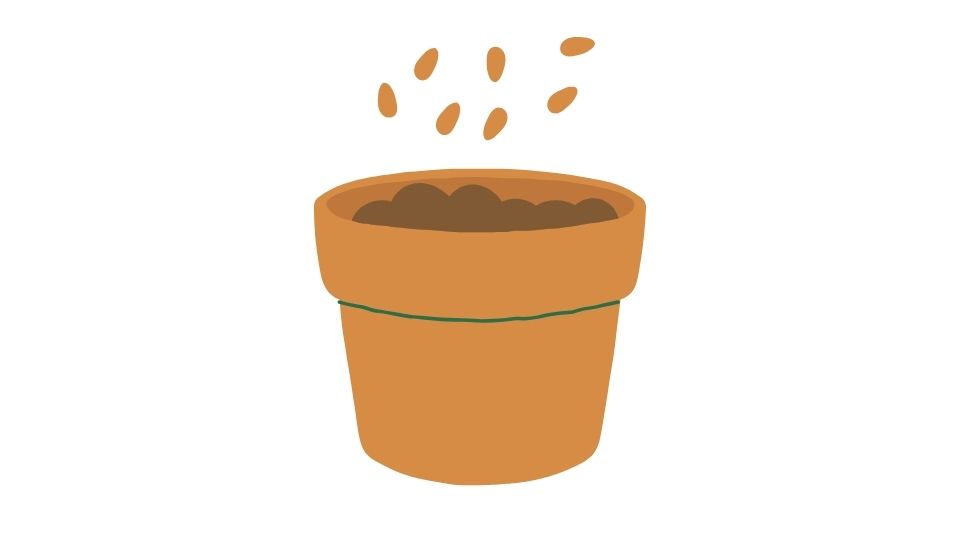
If you’re interested in seeing how chia seeds and other foods contribute to your overall nutrition, there are tools that make this easier than ever.
Instead of tediously logging everything in a food diary like it’s 1995, platforms like MealByMeal.com let you simply text your meals and automatically track calories, protein, and other nutrients.
This is way more convenient than scanning barcodes or searching through food databases every time you eat something. Because let’s be honest – if tracking nutrition isn’t easy, most of us won’t stick with it.
The Bottom Line
One tablespoon of chia seeds = 2 grams of protein plus a whole bunch of other good stuff.
While they’re not going to replace your main protein sources, they’re an incredibly easy way to boost the overall nutritional value of your diet with minimal effort.
And in a world where most “health foods” either taste terrible, cost a fortune, or require complicated preparation, chia seeds are refreshingly simple. Just sprinkle and enjoy.
So go ahead and add them to your smoothie, oatmeal, or yogurt. Your body will thank you for the protein, fiber, omega-3s, and minerals – all from a humble little seed that’s been nourishing humans for thousands of years.
Just don’t expect them to fix all your health problems while you continue making poor lifestyle choices in other areas. That’s not how nutrition works.
But as one small piece of a healthy eating pattern? Chia seeds are definitely worth sprinkling into your life.



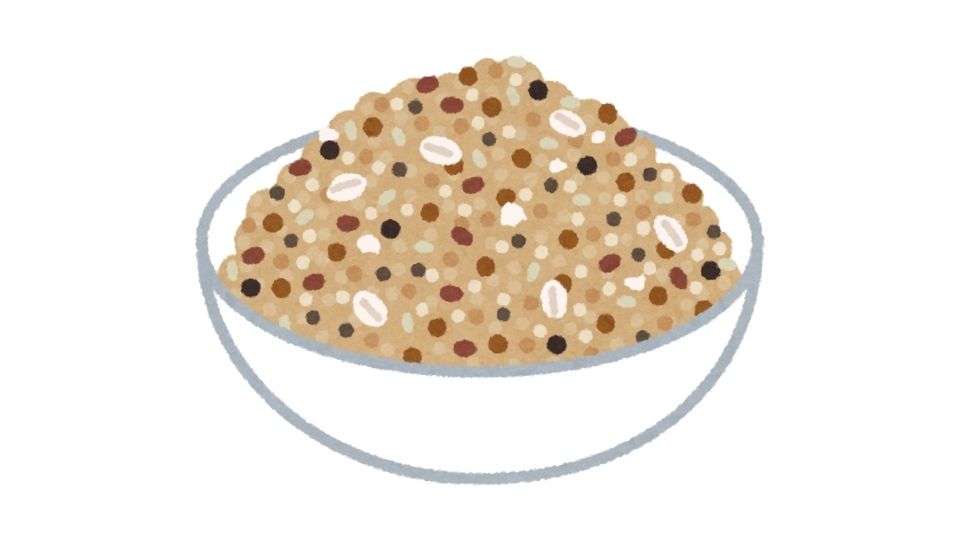
Leave a Reply